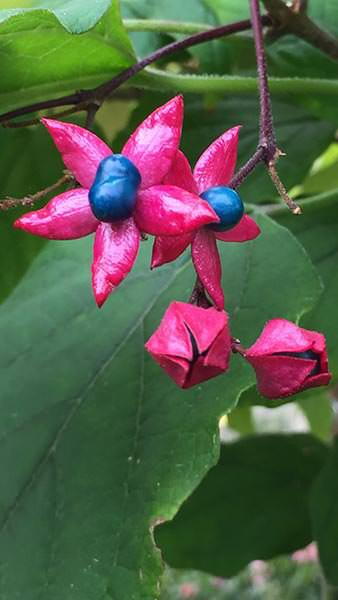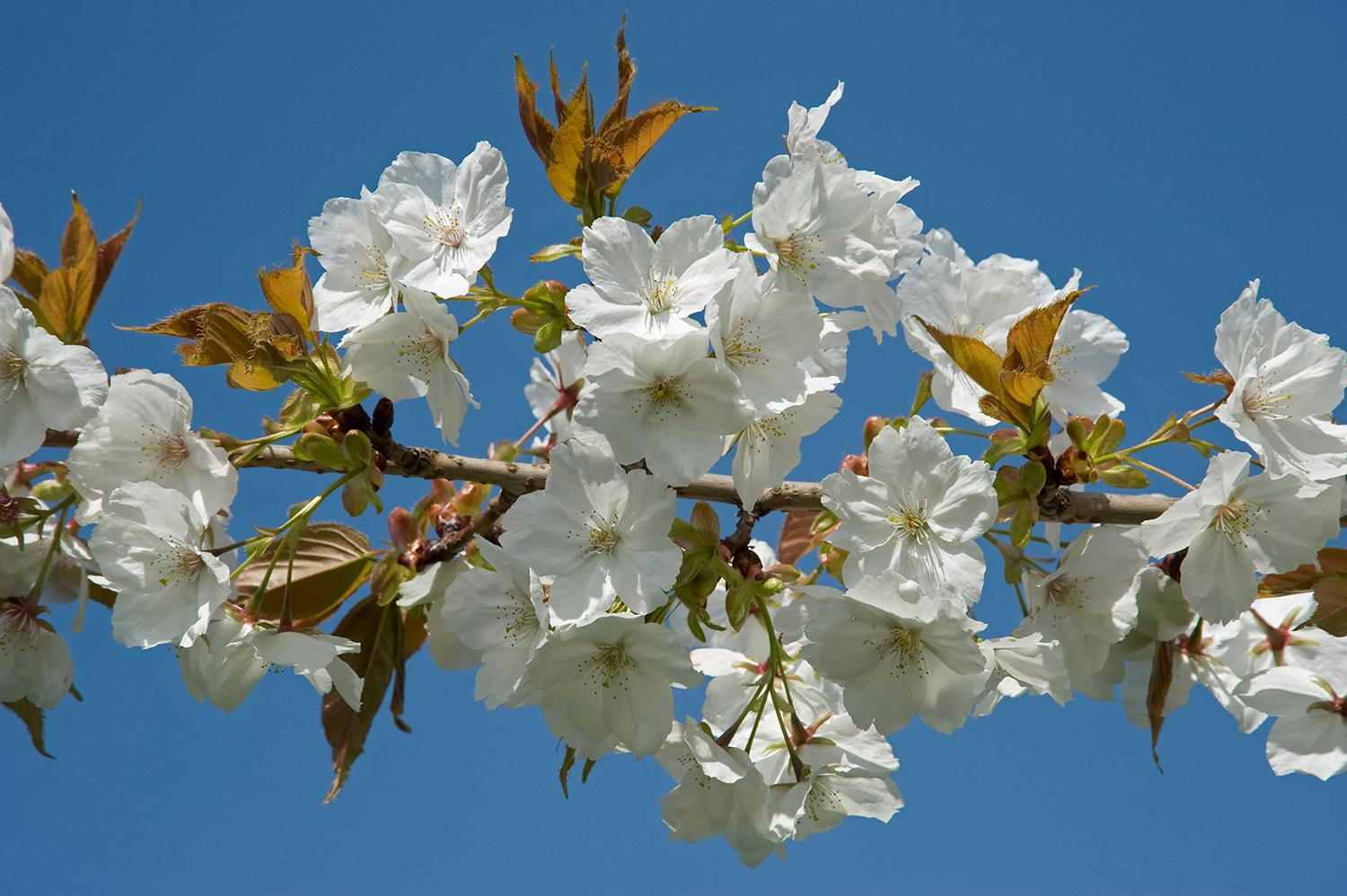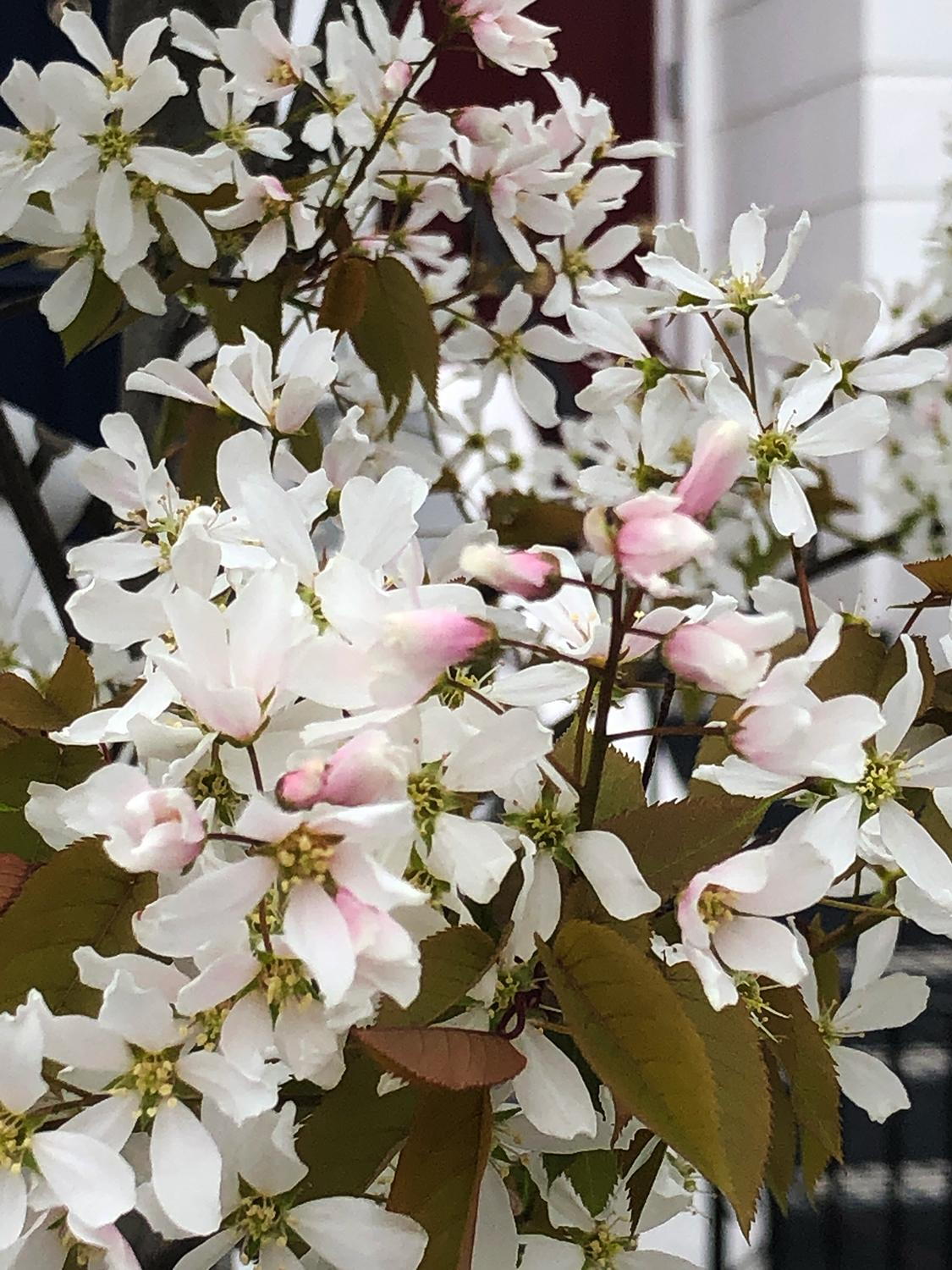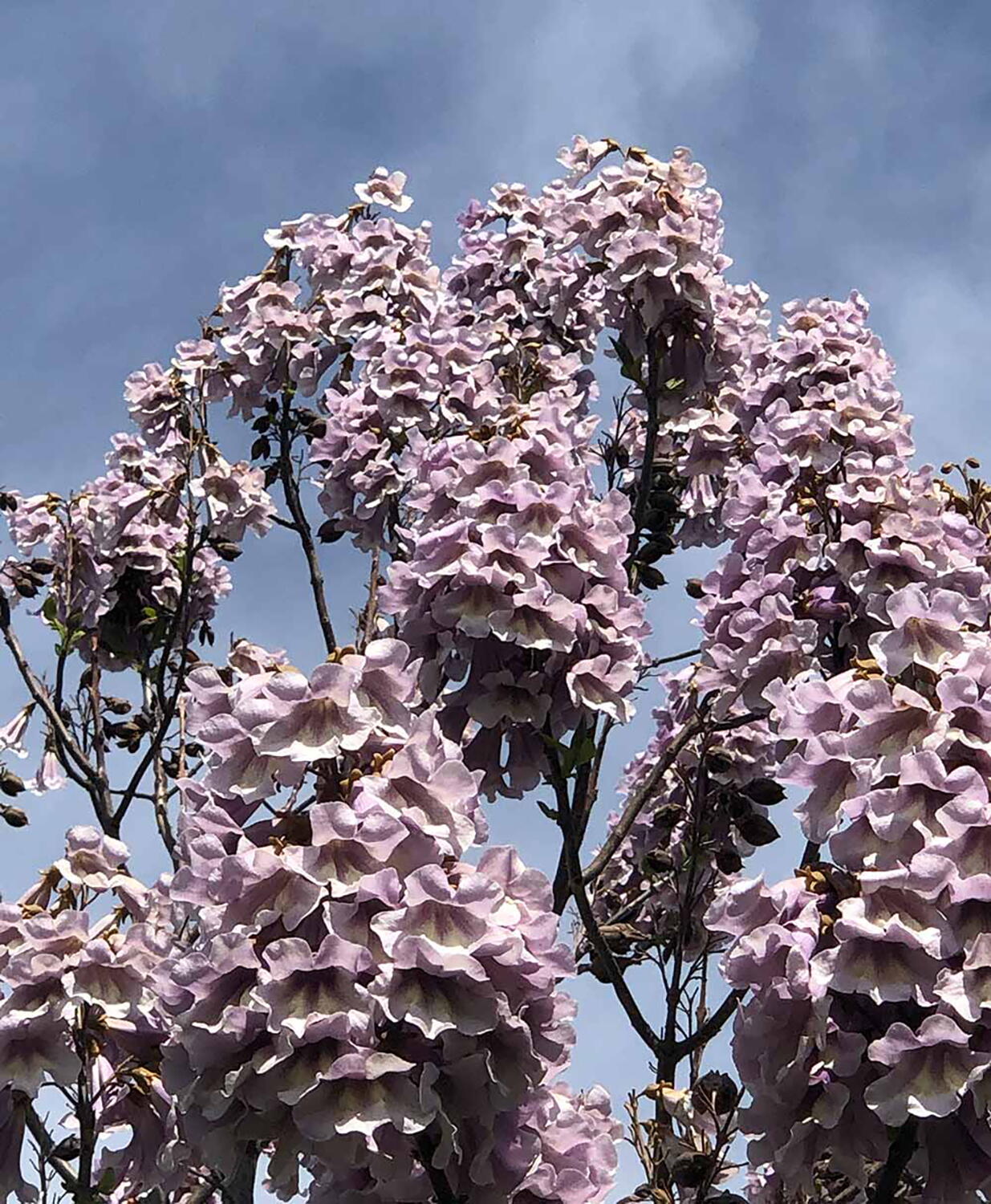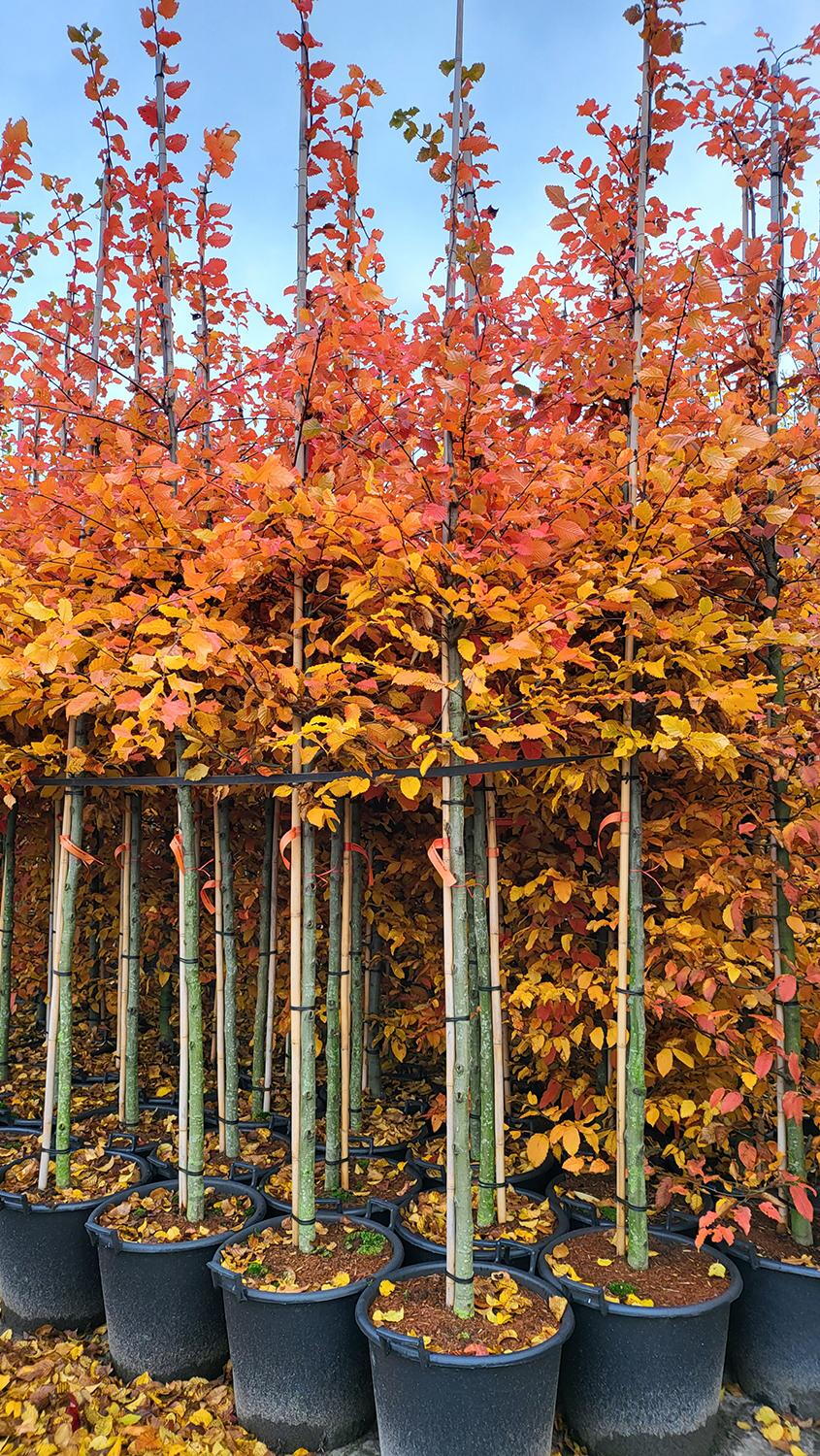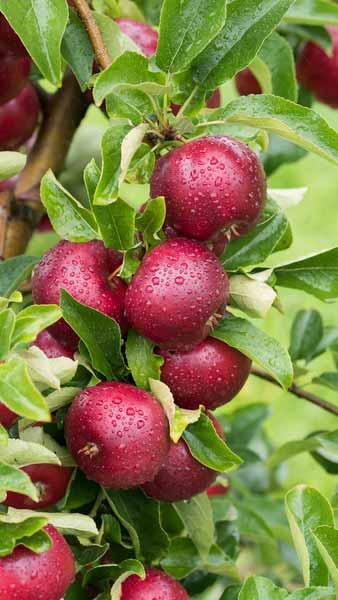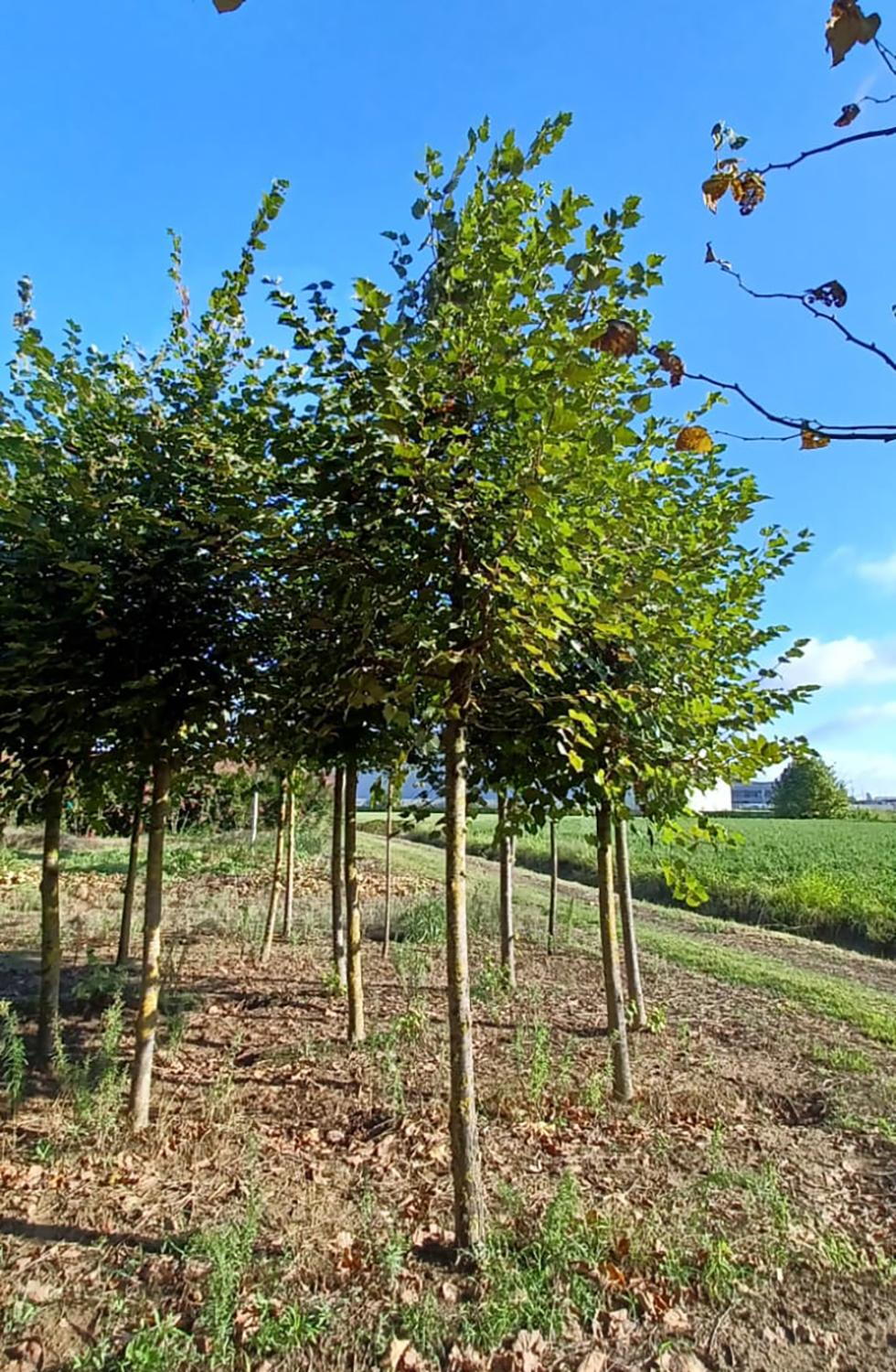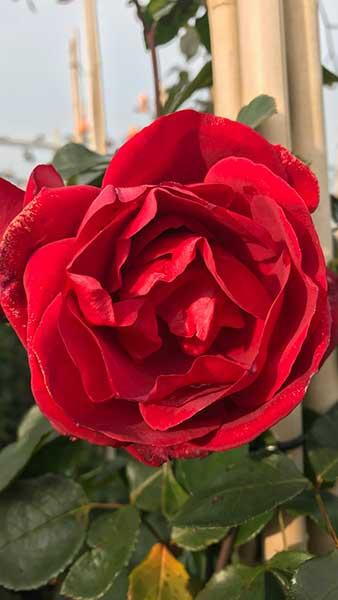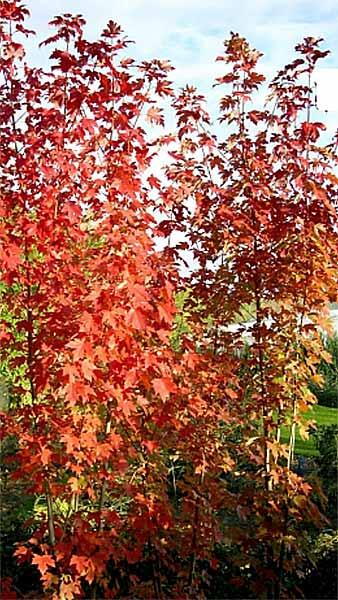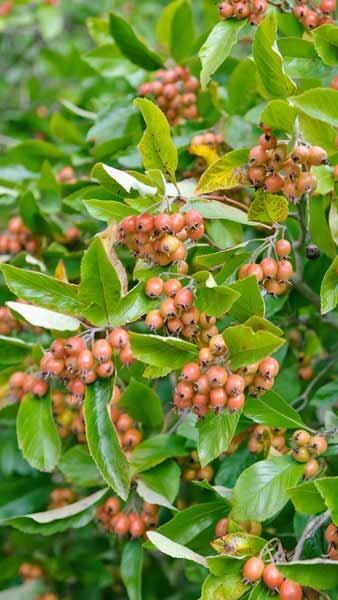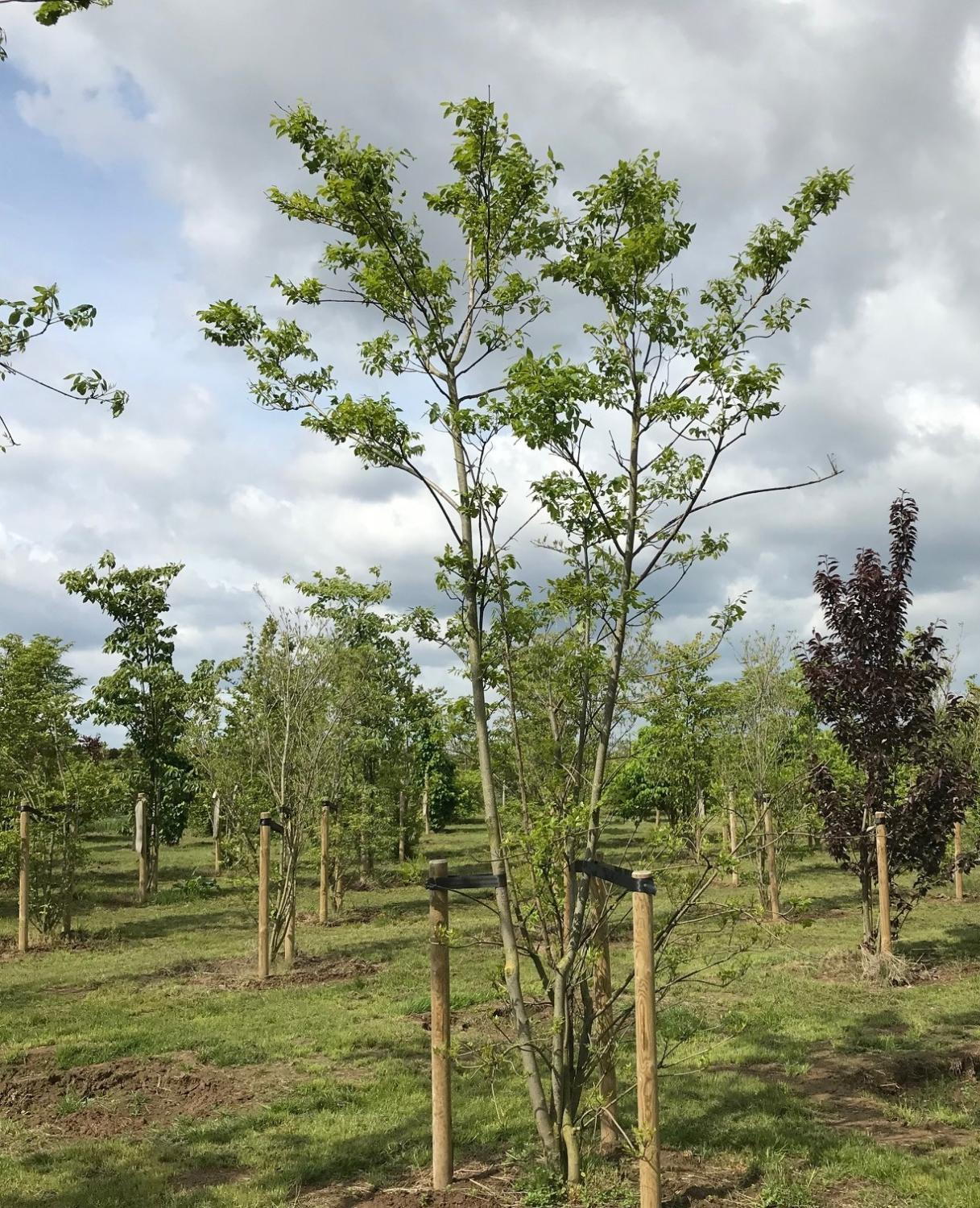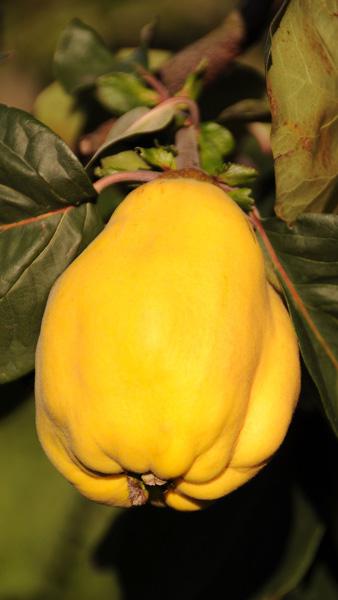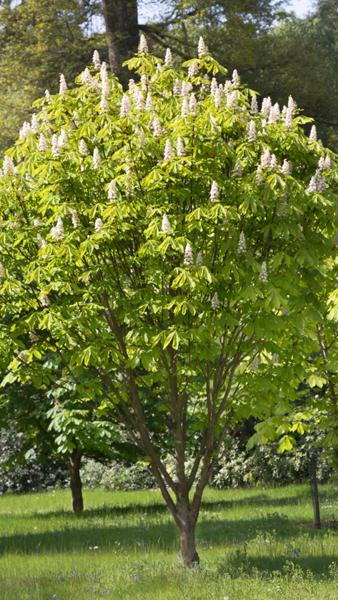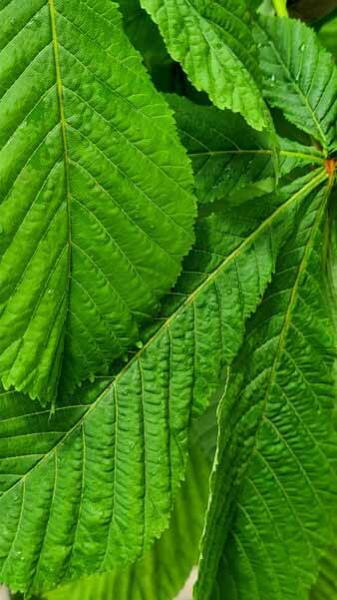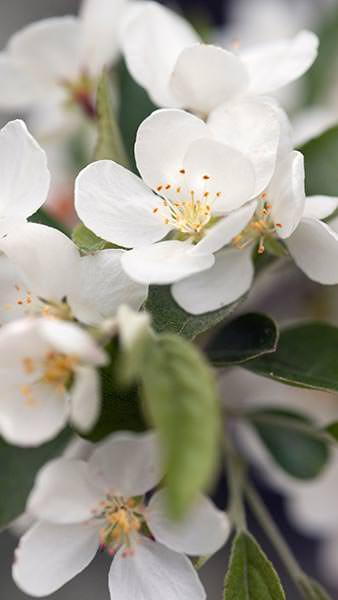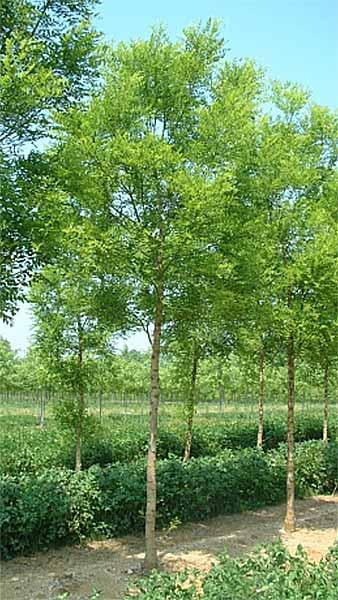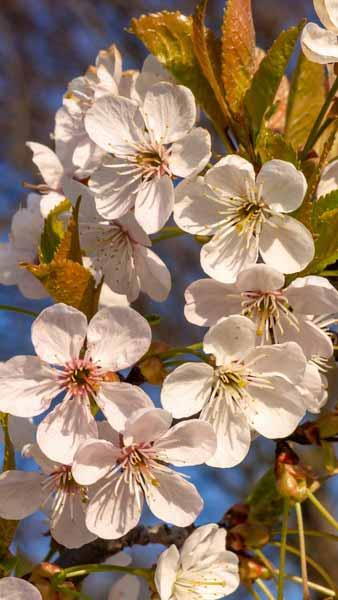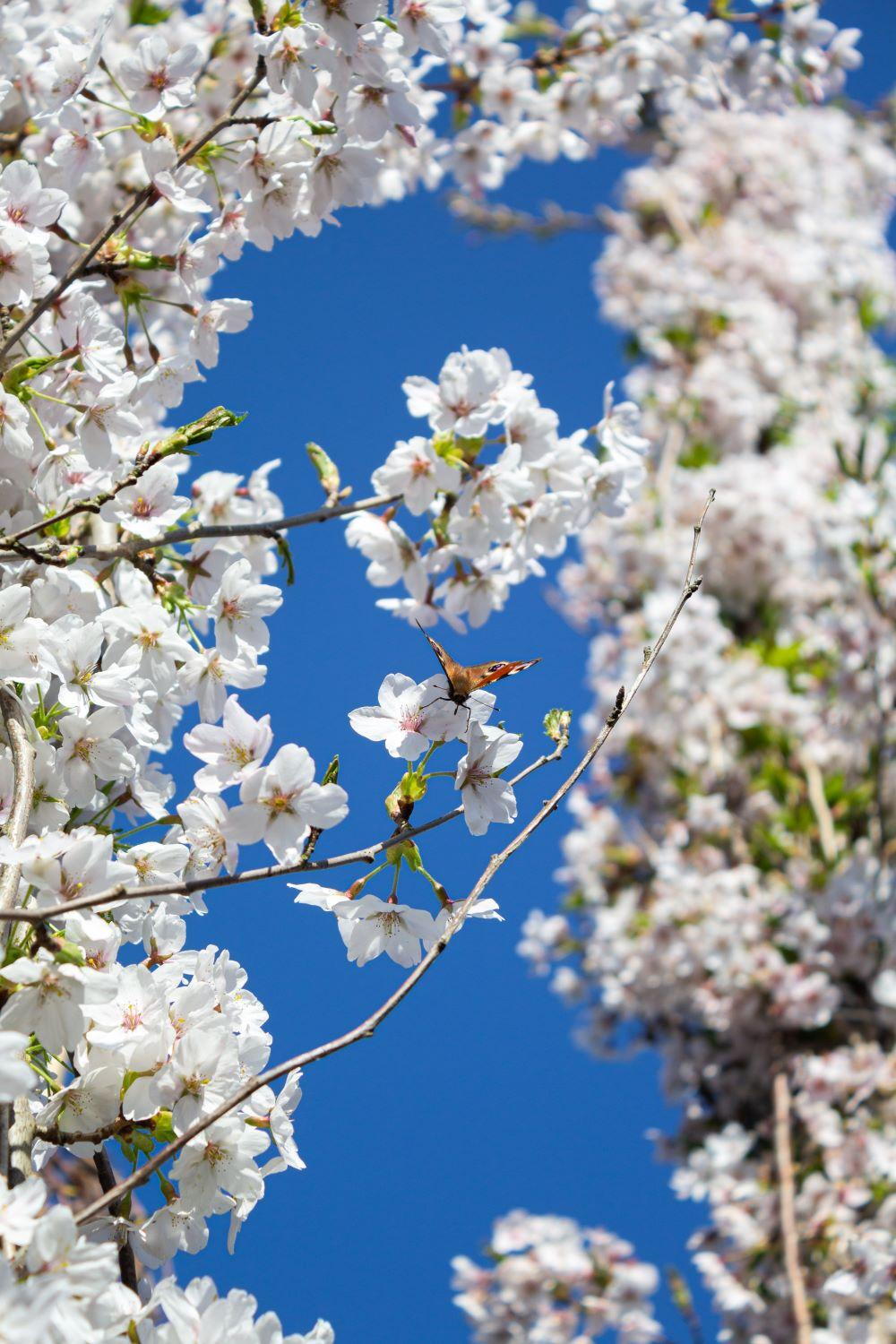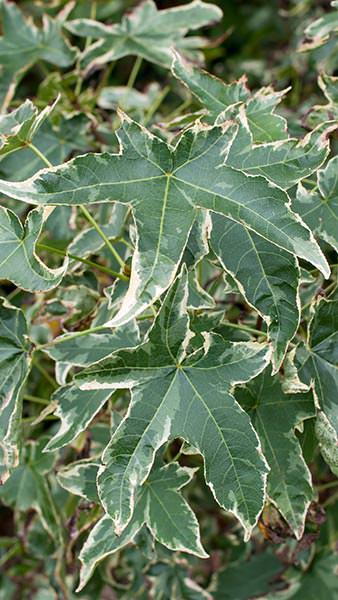Prunus Avium. Wild Cherry Tree. Bare Root Trees Buy UK
Prunus Avium, more commonly known as Wild Cherry Tree, is a mid-sized ornamental tree, prized for its profusion of stunning spring blossom and good autumn colour. Long-lived and highly decorative, this cherry tree is a great candidate for a specimen tree.Often confused with Prunus Avium Plena, which is the double-flowering variety, this cultivar is as dazzling as its close relative. In mid-spring, the crown of this showy tree is enveloped by rounded clusters pure white blossoms. The plethora of 5-petalled flowers stays on the tree for several weeks, offering interest and attracting pollinators. The clusters of delicate flowers are followed by fruit, reddish-yellow and rounded, turning to deep, dark shades of red as it ripens. Although edible, the Wild Chery Tree fruits are not as sweet and palatable as the cultivated varieties of Prunus Avium, but they are favoured by birds and small wildlife. In the autumn, the broad, oval, serrated leaves turn from green to brilliant shades of red and orange.When it comes to the location, Wild Cherry Tree isn’t picky. As long as the spot is sunny and the soil moderately fertile and well-drained, this deciduous ornamental tree will thrive. To be able to fully enjoy the eye-catching spring bloom, choose a location that’s sheltered from the strong wind, as they might damage the flowers.A European native, Prunus Avium is fully hardy in Britain and Ireland. It fares well even in severe winter, and doesn’t require sheltering from frost. Fast-growing, this cultivar can grow up to be higher than 12 metres, with a crown wider than 8 metres. Although you should this tree’s eventual size in mind when choosing a location for planting, take into consideration that Wild Cherry Tree will achieve its ultimate height after a few decades, as it is quite long-lived.Generally considered resilient and in good health, when grown in optimal conditions, Prunus Avium requires little maintenance to stay in good shape. Just remove any dead, congested or damaged branches before the flowering season begins.With a beautiful display of white cherry blossoms in the spring and warm, rich autumn shades of the foliage, Prunus Avium is a great choice as a focus tree. Magnificent for the better part of the tree, this ornamental tree loses none of its appeal in the winter, when its reddish-brown bark and open-branched form provide interest. Planted en masse, Wild Cherry Tree looks particularly picturesque. You might also be interested in our selection of flowering and ornamental trees. High Quality Bare Root PlantsOur bare root Prunus Avium Wild Cherry trees are established & mature, with well developed root systems.We are confident that these are the best quality bare root plants available. They will quickly establish & thrive, once planted.Prices are based on a minimum order or multiple of 25 plants.
